Need advice on Cupressina Spruce
dse1
16 years ago
Related Stories
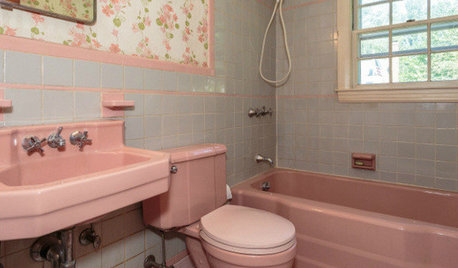
BATHROOM COLOR8 Ways to Spruce Up an Older Bathroom (Without Remodeling)
Mint tiles got you feeling blue? Don’t demolish — distract the eye by updating small details
Full Story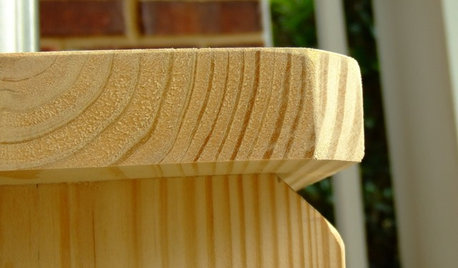
DIY PROJECTSCutting Corners: Miters Spruce Up Woodworking Projects
These basic woodworking cuts add another dimension to simple corners
Full Story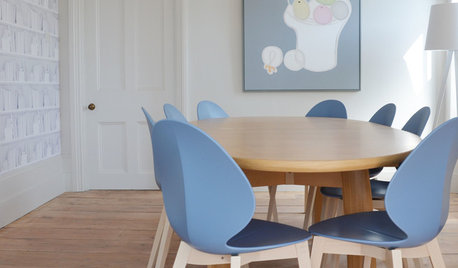
DECORATING GUIDESHow to Spruce Up Your Neutrals for Spring
We love our neutrals, but with spring in the air, they might just need a little lift
Full Story
KITCHEN DESIGN3 Dark Kitchens, 6 Affordable Updates
Color advice: Three Houzzers get budget-friendly ideas to spruce up their kitchens with new paint, backsplashes and countertops
Full Story
SELLING YOUR HOUSE5 Savvy Fixes to Help Your Home Sell
Get the maximum return on your spruce-up dollars by putting your money in the areas buyers care most about
Full Story
DECORATING GUIDES7 Bedroom Styling Tricks Anyone Can Do
Short on time or money? You can spruce up your bedroom quickly and easily with these tips
Full Story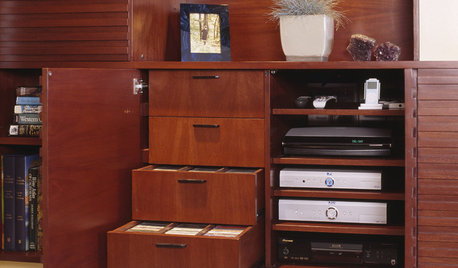
MEDIA ROOMSGet It Done: Organize the Media Cabinet
Ditch the worn-out VHS tapes, save valuable storage space and find hidden gems with this quick weekend spruce-up
Full Story
HOUSEKEEPINGTo-Dos: Your April Home Checklist
Take advantage of spring’s warmer weather to spruce up your outdoor spaces and refresh your entryway and common living areas
Full Story
WINTER GARDENINGPruning Secrets for Exquisite Roses
Encourage gorgeous blooms year after year with this time-tested advice on how to prune your rosebush in winter for health and shape
Full Story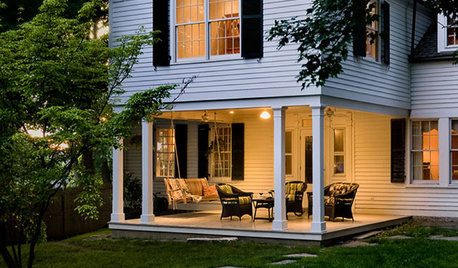
SELLING YOUR HOUSEThe Latest Info on Renovating Your Home to Sell
Pro advice about where to put your remodeling dollars for success in selling your home
Full Story





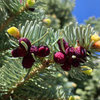

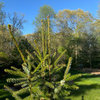

ken_adrian Adrian MI cold Z5
Embothrium
Related Professionals
Norfolk Landscape Architects & Landscape Designers · Kapaa Landscape Architects & Landscape Designers · Roxbury Crossing Landscape Architects & Landscape Designers · Addison Landscape Contractors · Bainbridge Island Landscape Contractors · Damascus Landscape Contractors · Dedham Landscape Contractors · East Chicago Landscape Contractors · Fairhope Landscape Contractors · Hayward Landscape Contractors · Hollywood Landscape Contractors · Lynwood Landscape Contractors · Paramus Landscape Contractors · Baileys Crossroads Landscape Contractors · East Cleveland Gardeners & Lawn Caredse1Original Author
Embothrium
dse1Original Author
conifers
dse1Original Author
spruceman
Embothrium
dse1Original Author
dse1Original Author
dcsteg
ken_adrian Adrian MI cold Z5
dse1Original Author
dcsteg